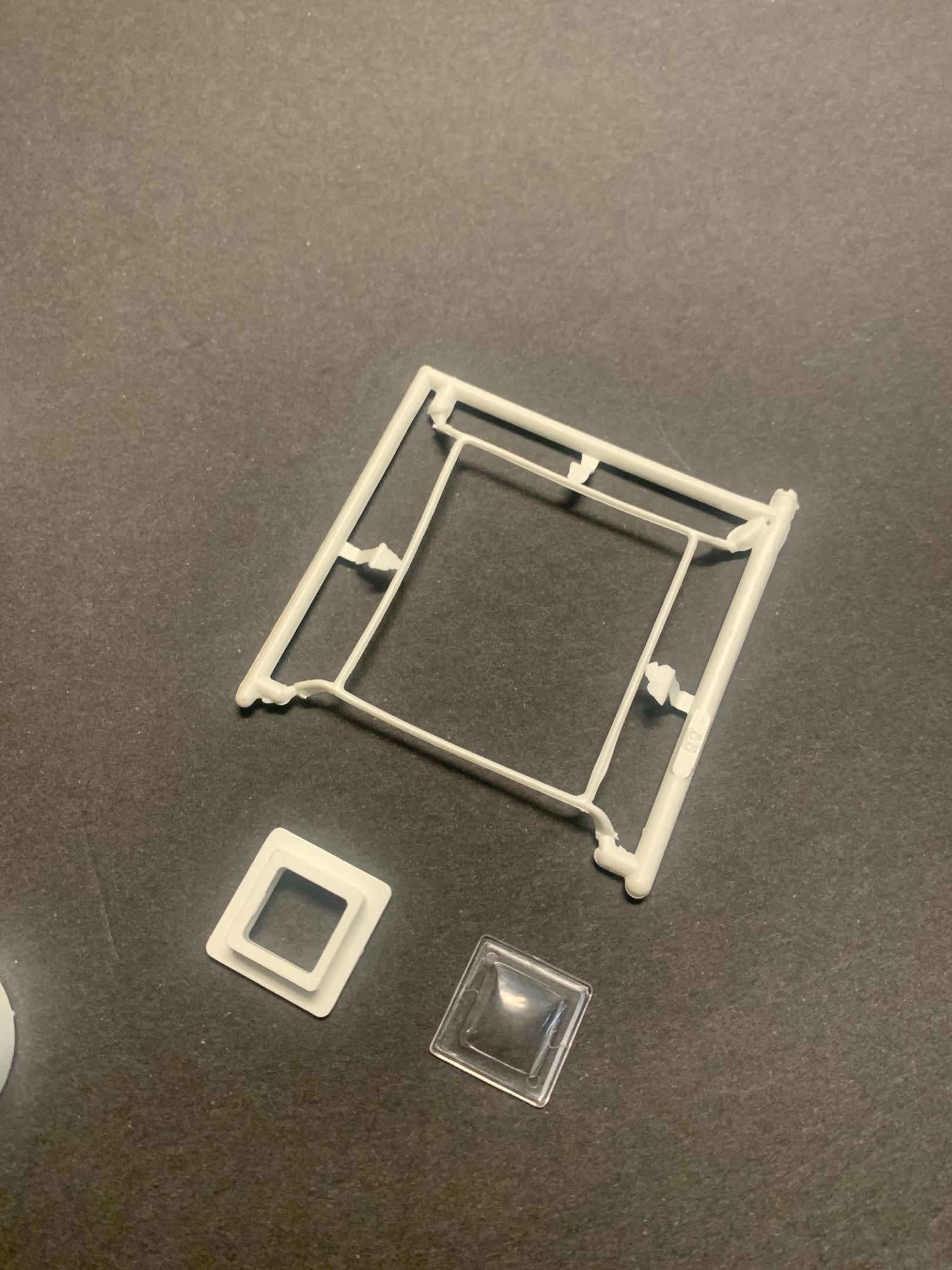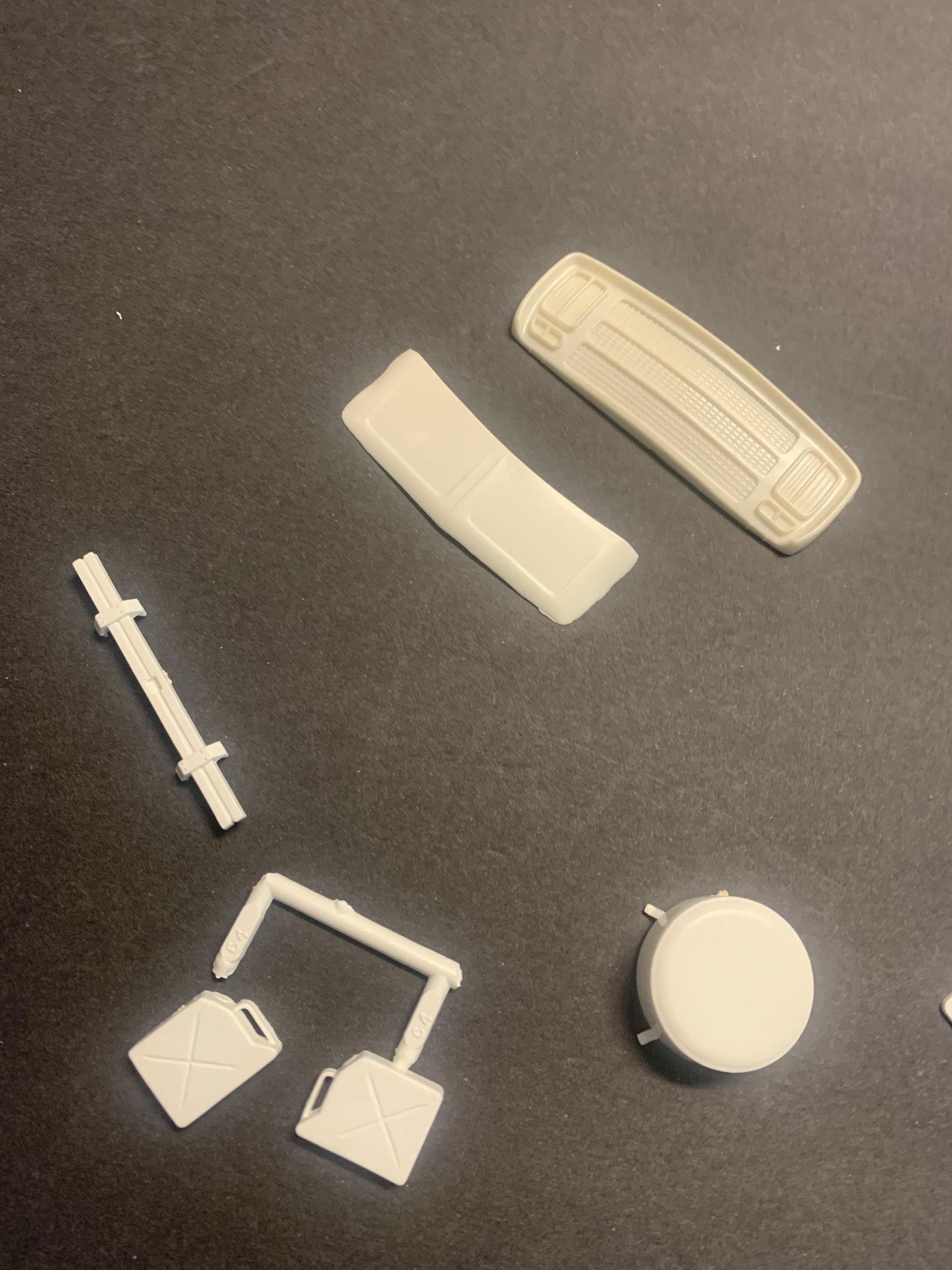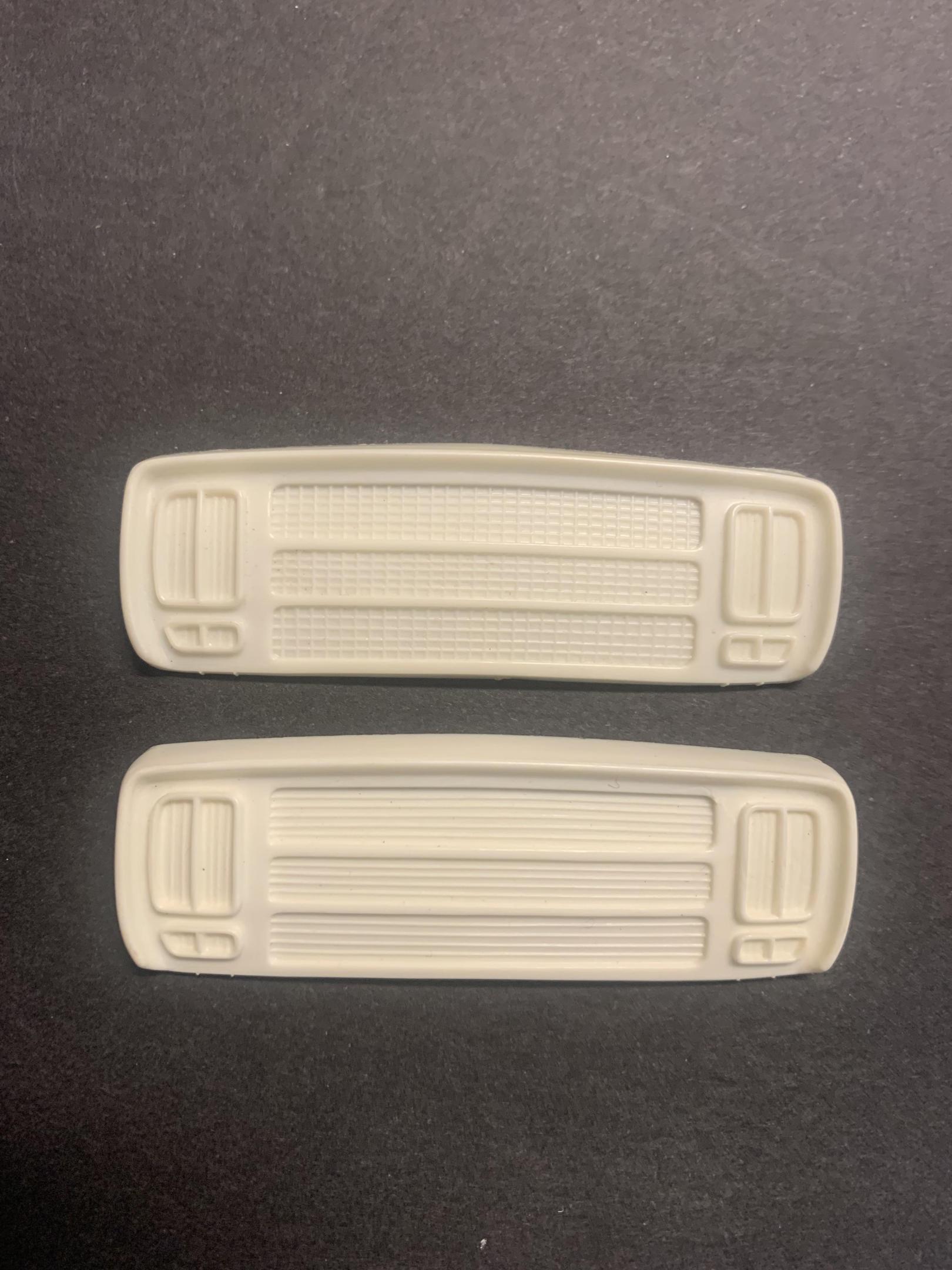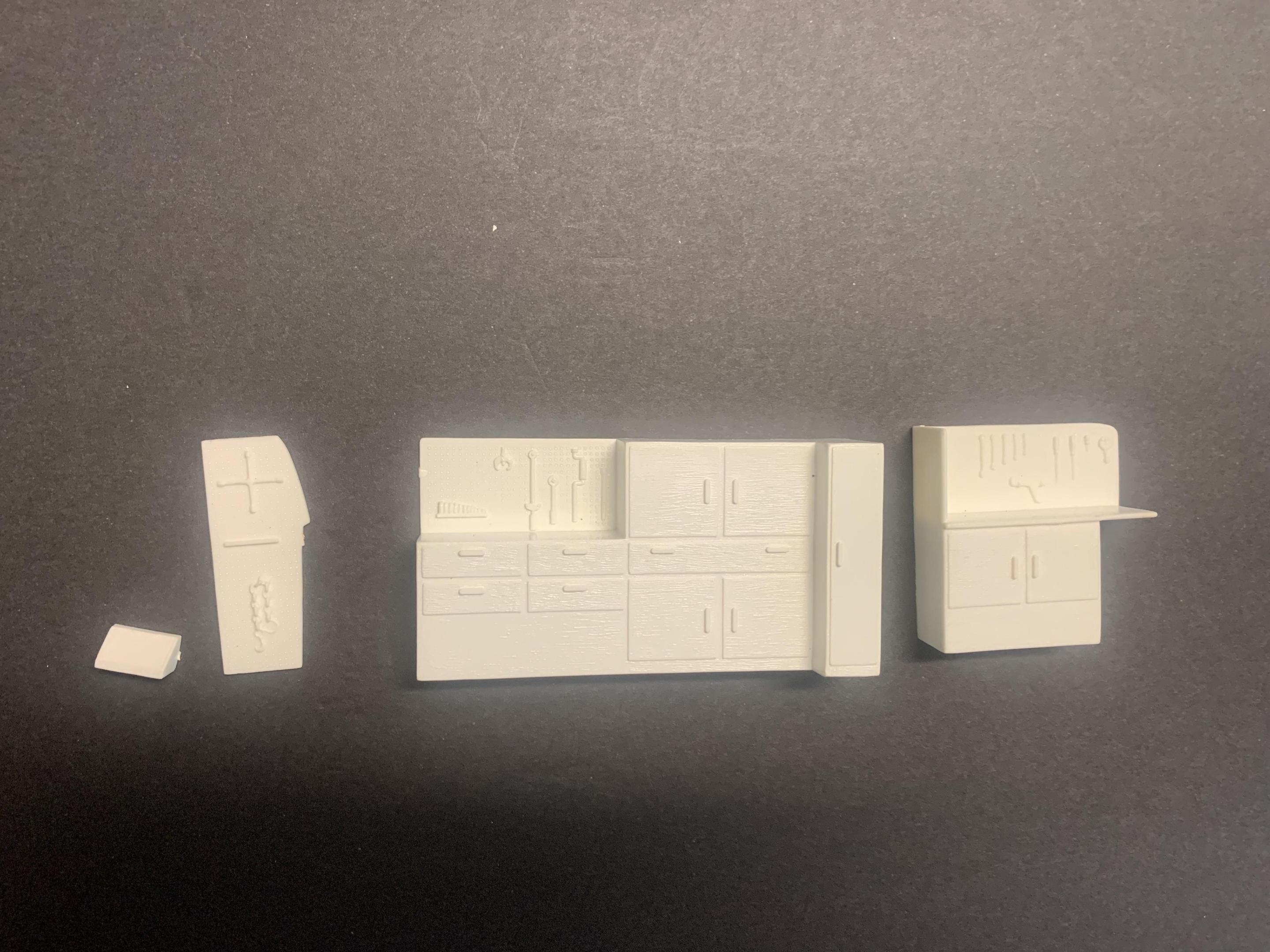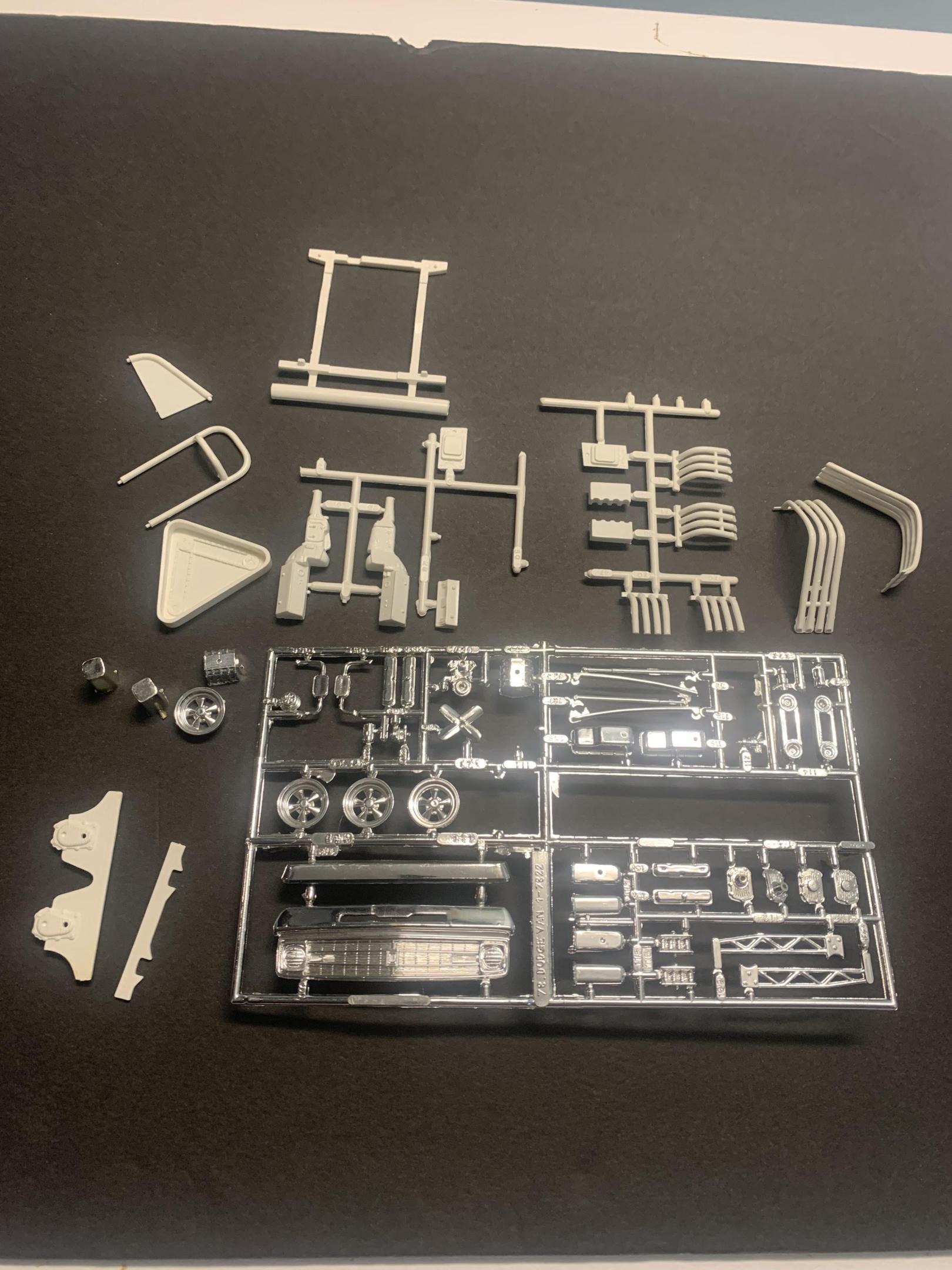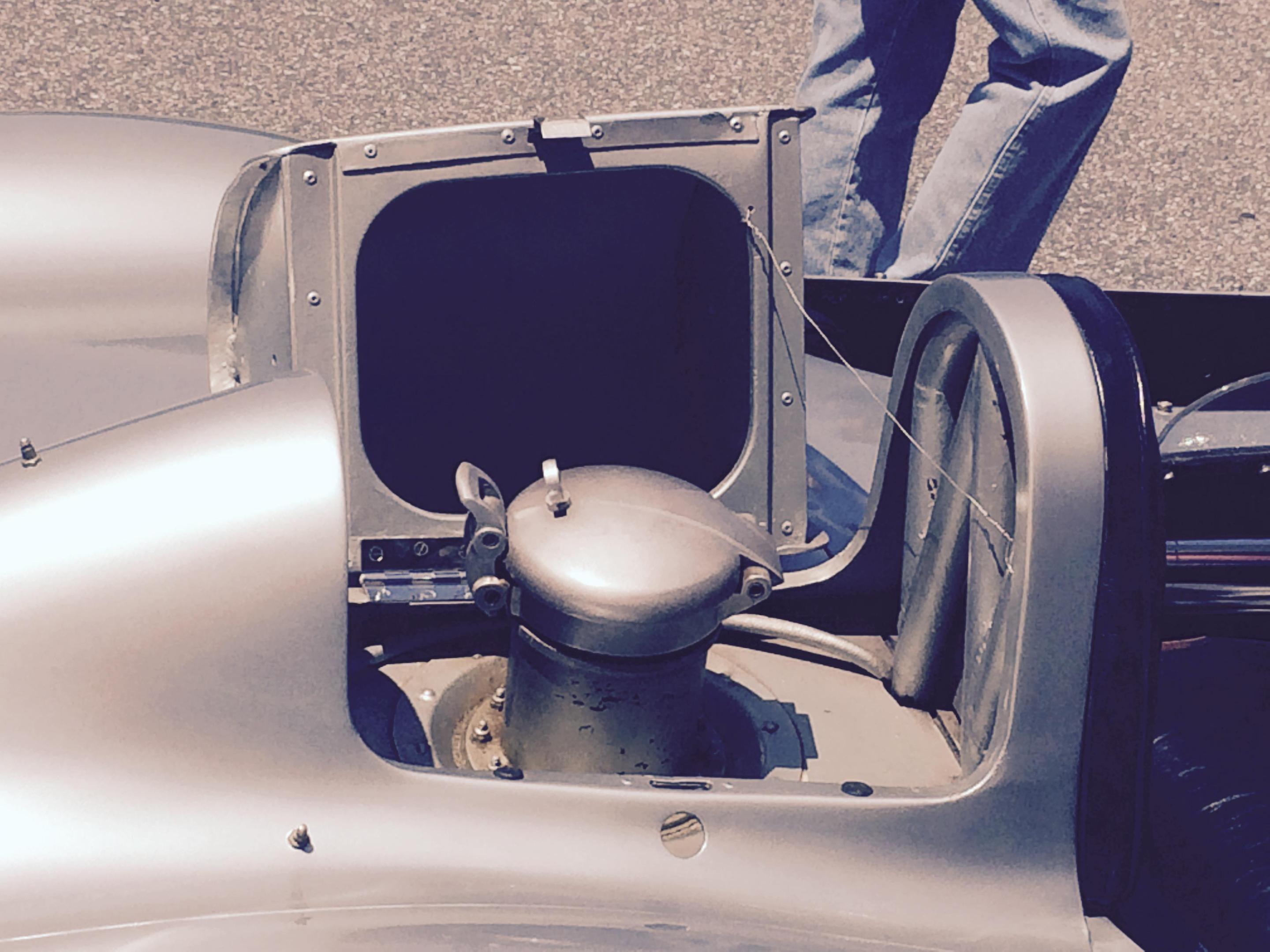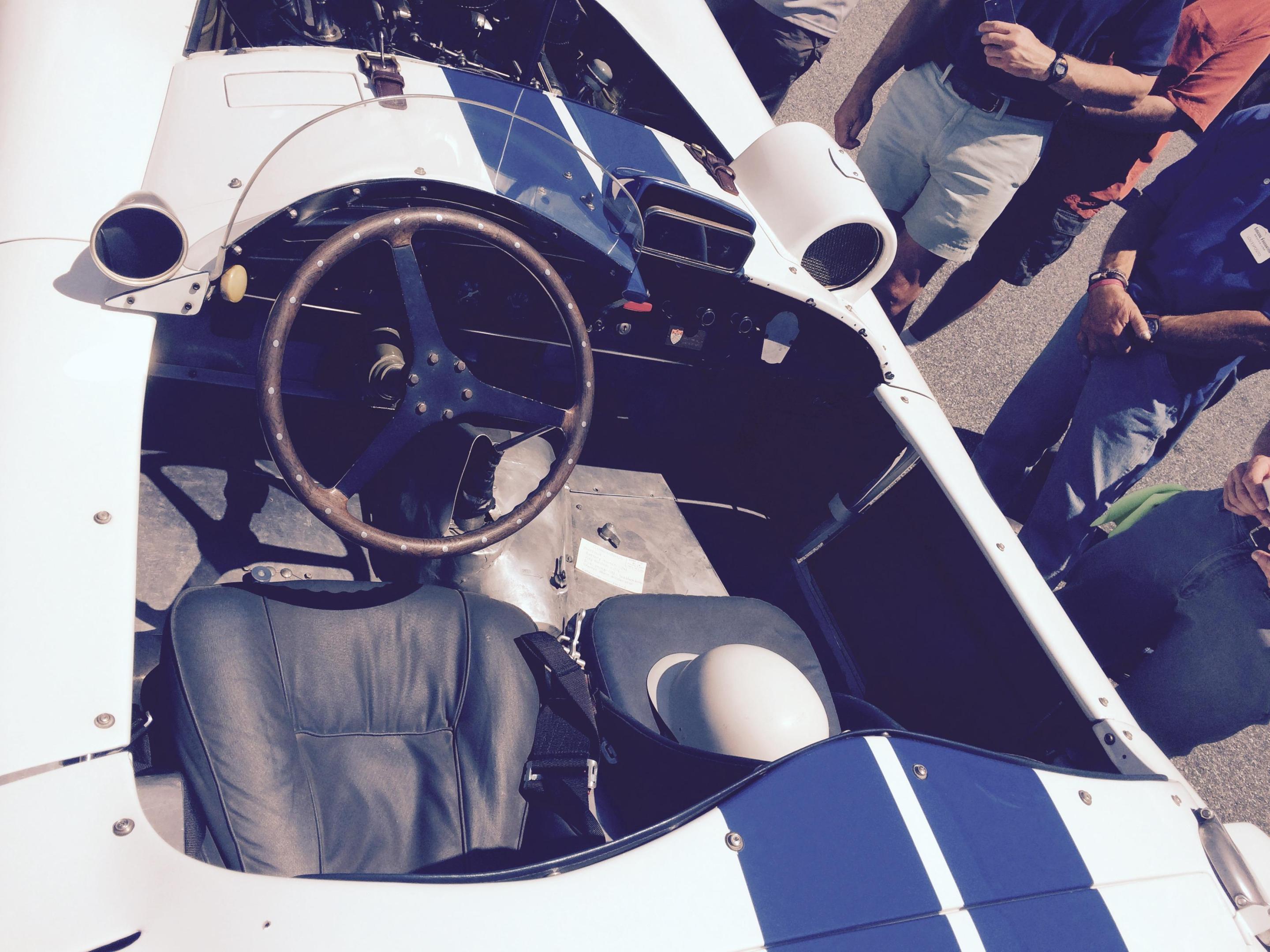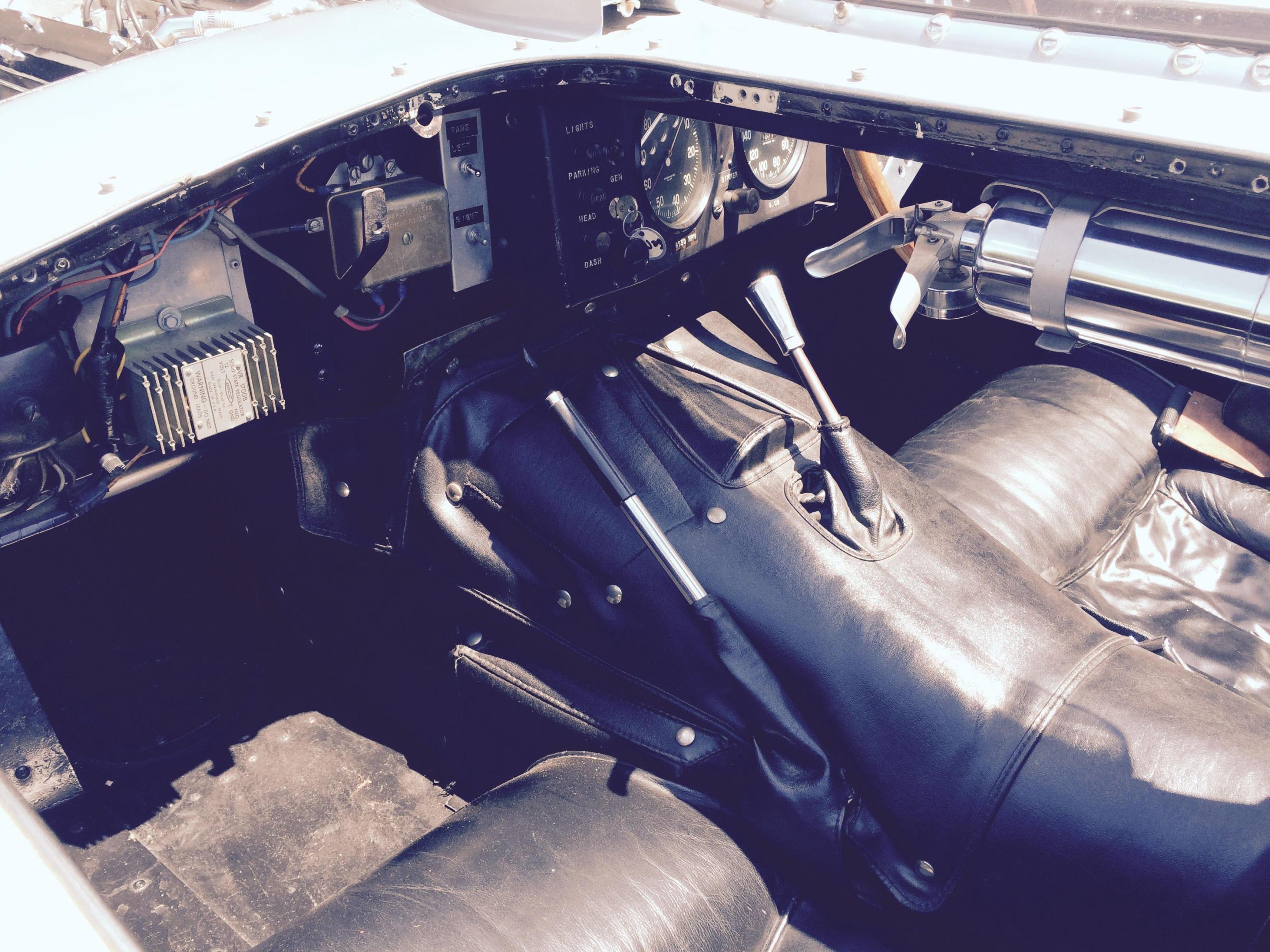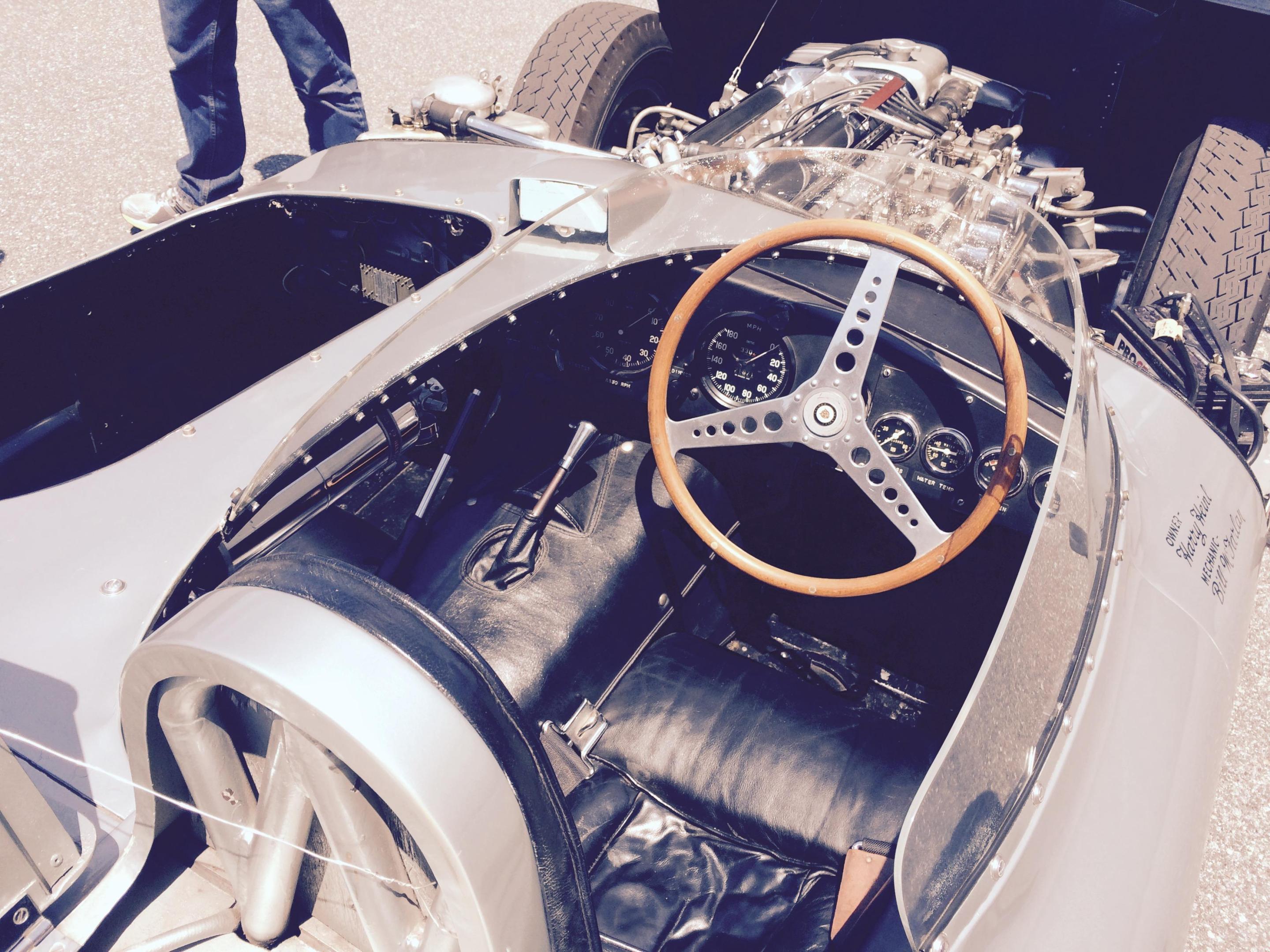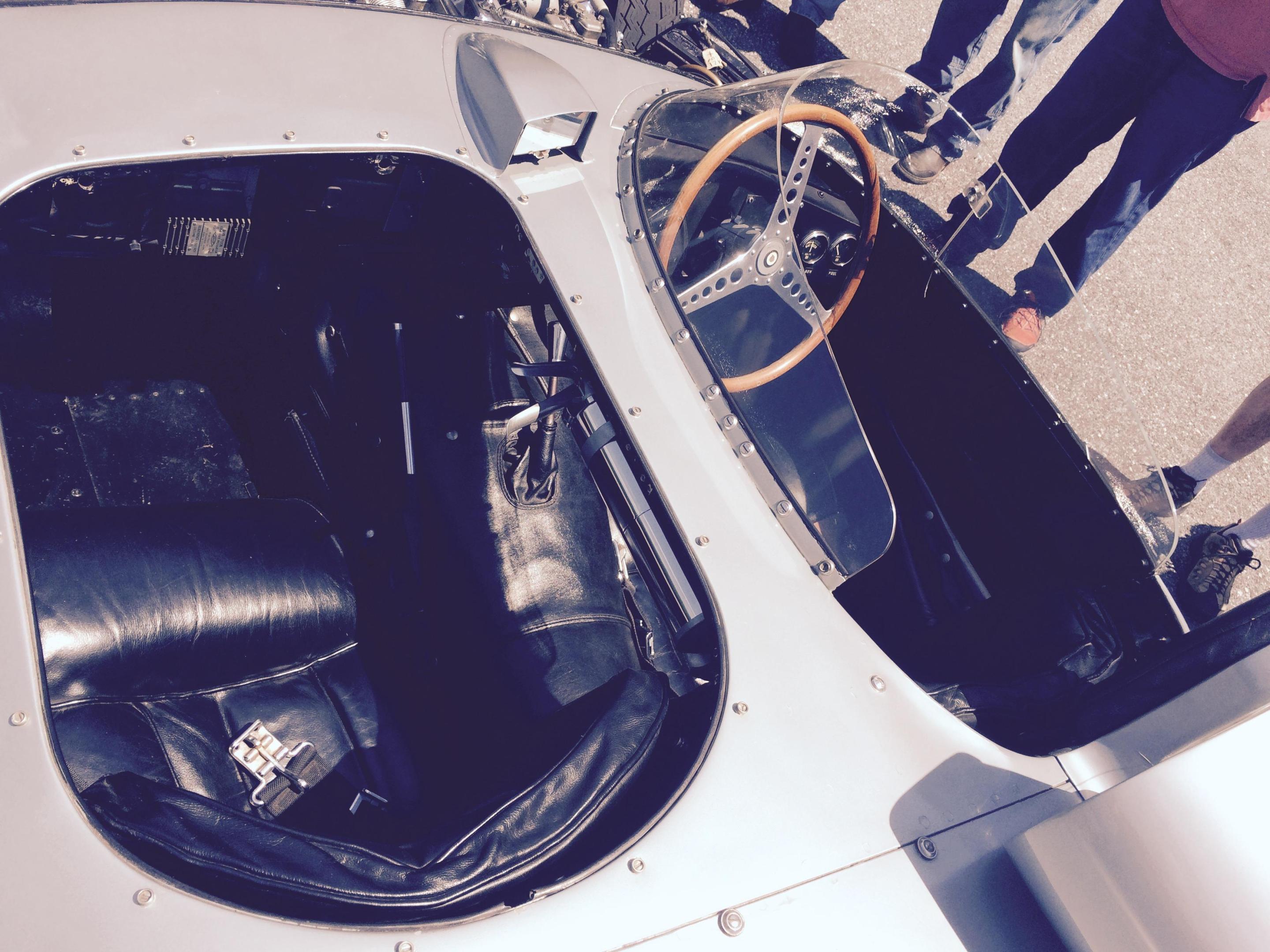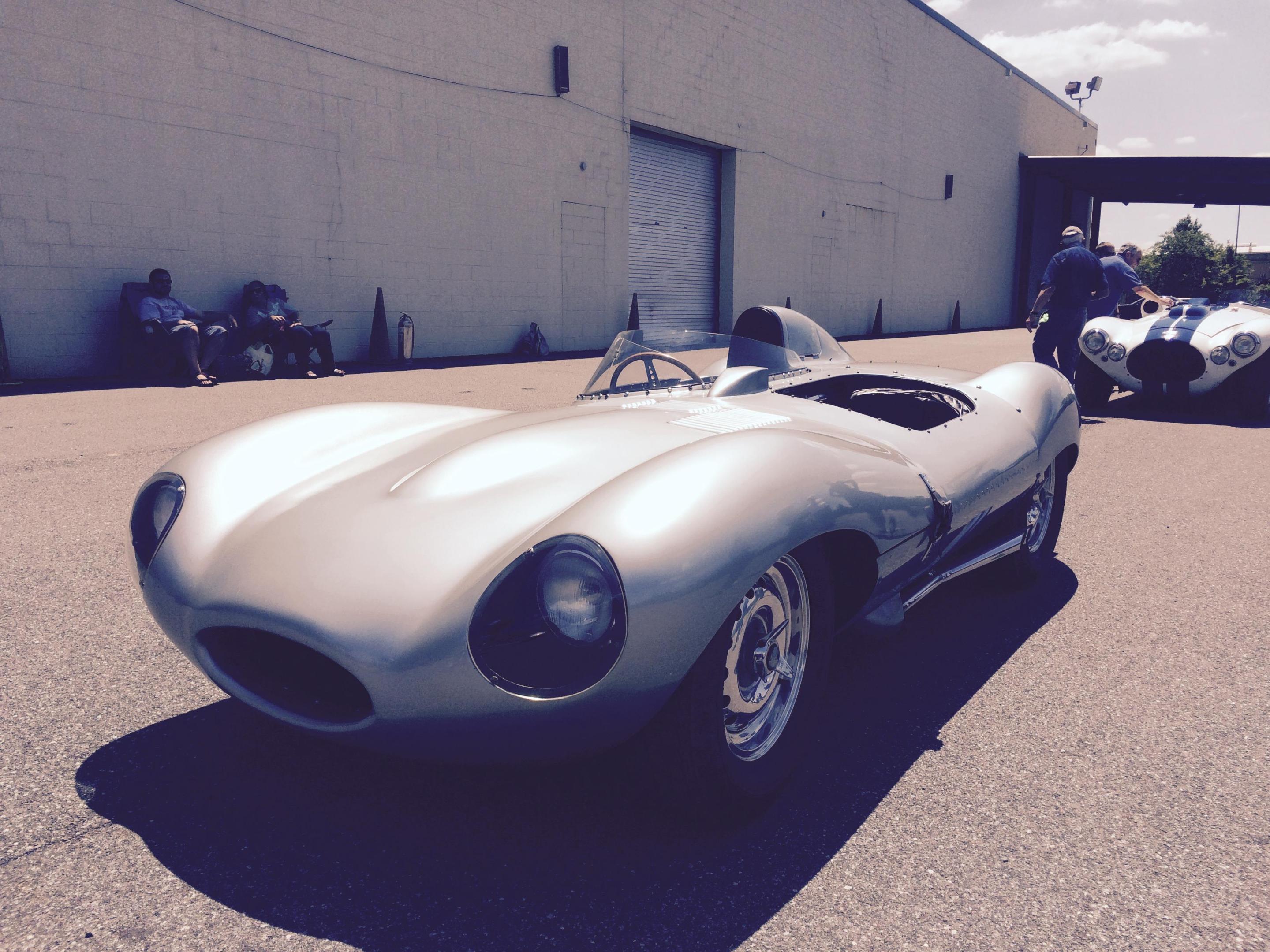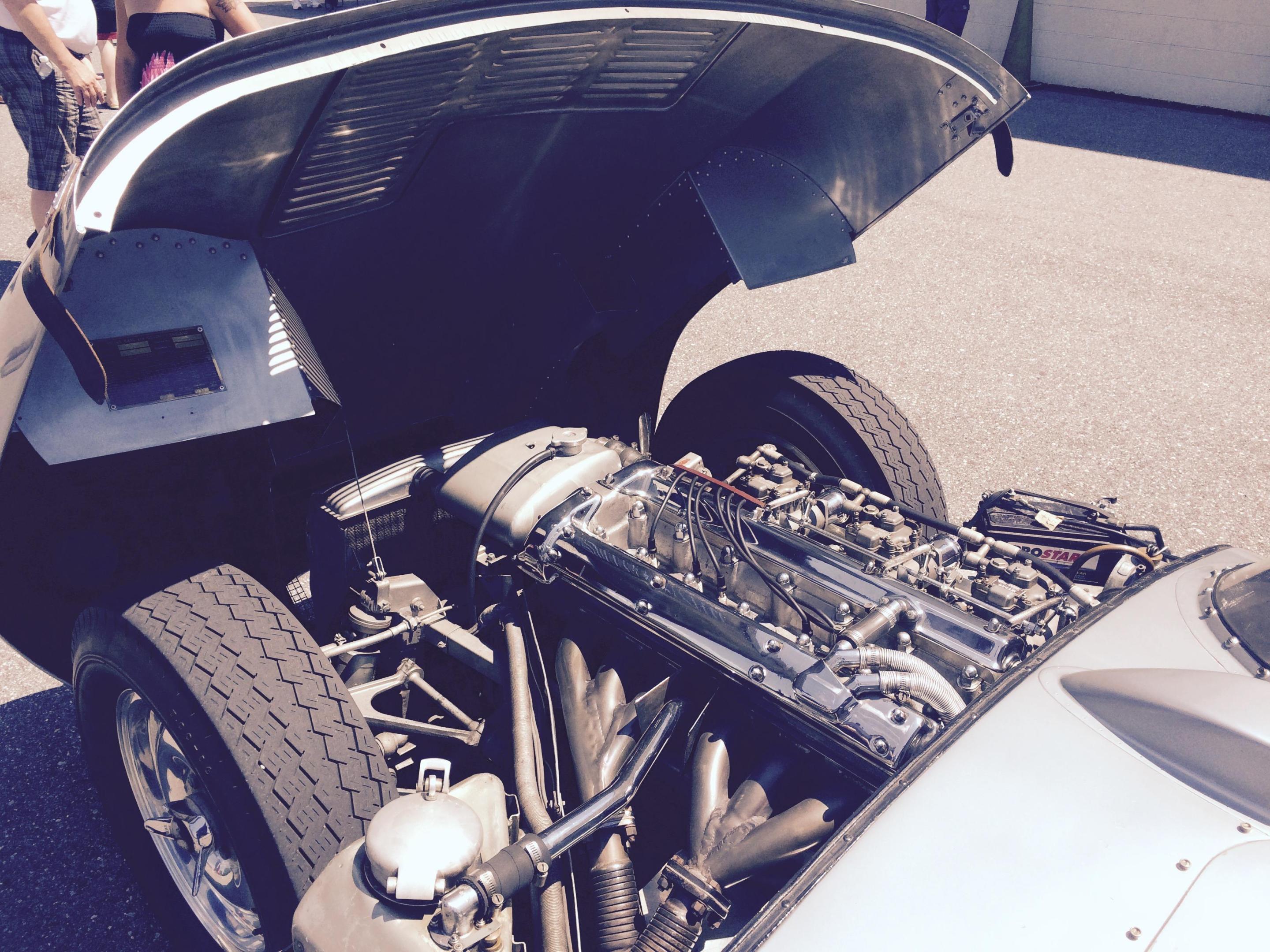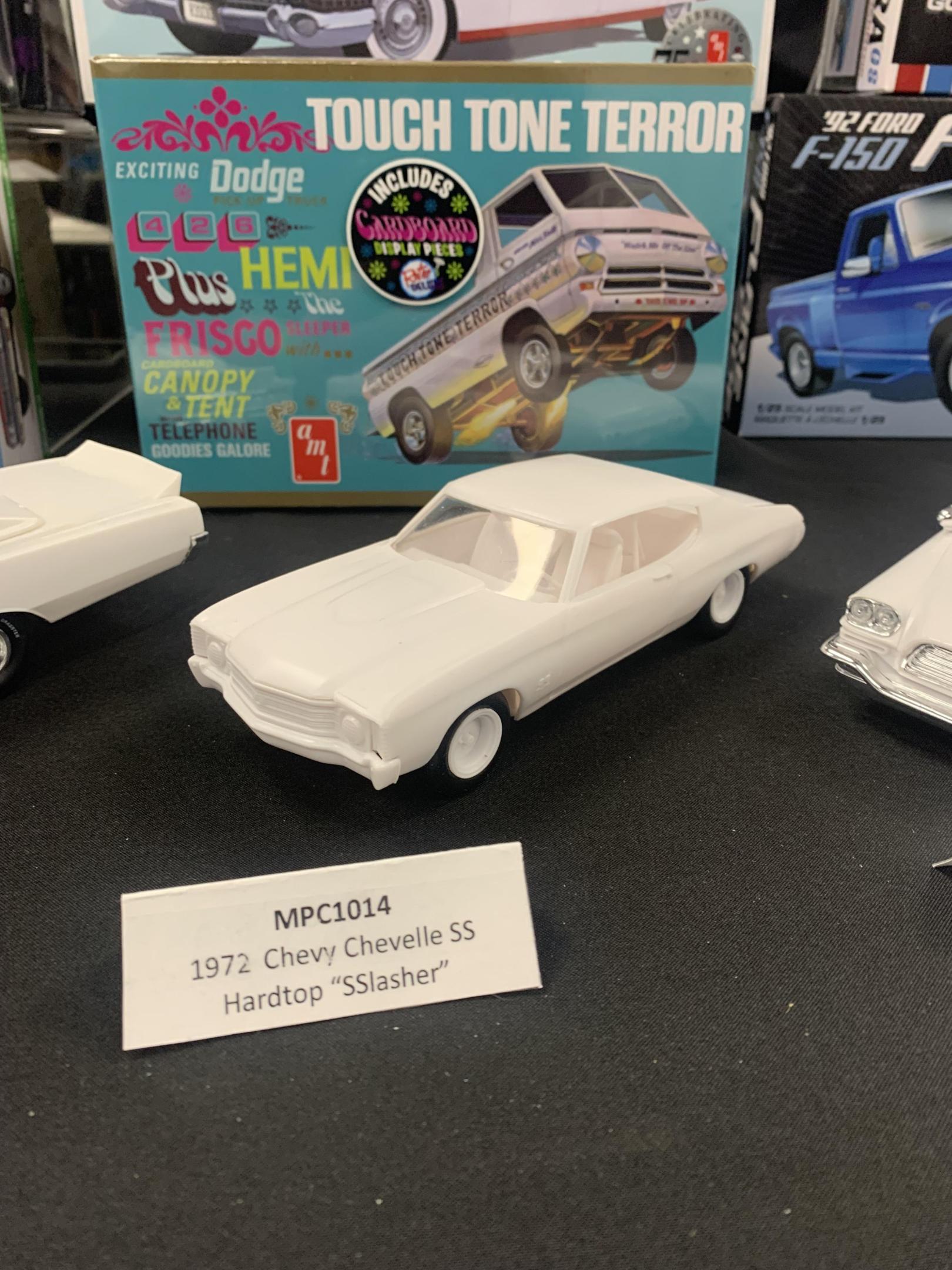-
Posts
1,202 -
Joined
-
Last visited
Content Type
Profiles
Forums
Events
Gallery
Everything posted by CapSat 6
-
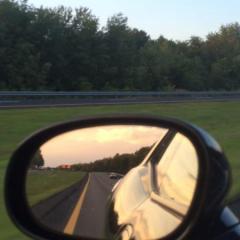
Any Chance AMT Might Backdate The Dodge Van?
CapSat 6 replied to oldcarfan's topic in Truck Kit News & Reviews
The roof rack and skylight from the ‘77 kit; the custom front end, hood scoop and tire holder from the ‘74-‘76 kits. They actually changed the grille pattern once for the custom grille set up… -

Any Chance AMT Might Backdate The Dodge Van?
CapSat 6 replied to oldcarfan's topic in Truck Kit News & Reviews
Pics of the workshop cabinets and boards from the ‘74-‘77ish kits (I’m not sure exactly which ones came with these… -

Any Chance AMT Might Backdate The Dodge Van?
CapSat 6 replied to oldcarfan's topic in Truck Kit News & Reviews
Pics of the twin engine drag parts from the ‘78 annual. More or less the same as the ones in the ‘72 and ‘73 kits. -

Any Chance AMT Might Backdate The Dodge Van?
CapSat 6 replied to oldcarfan's topic in Truck Kit News & Reviews
Didn’t mean to flex, I just know more about those vans than I should Everybody seems to like the ‘72-‘78 generation (they really are ?!) but it should be known that the little details on these (especially on a ‘78) can be tricky. -

Any Chance AMT Might Backdate The Dodge Van?
CapSat 6 replied to oldcarfan's topic in Truck Kit News & Reviews
I’d suggest a slightly different approach: Create one new tool, with perhaps several different bodies and/ or interiors. Make it an enhanced design to make it a bit easier to assemble (positive mounting, much like the way the new ‘68 Coronets compare to the originals). For pity’s sake though, an engine for a new kit should have more detail and scale fidelity than the original MPC engine. The 318/360 in those kits was way under scale. I think the way the Demon engine was handled was truly the weak point of that kit. Even though great pains were taken to keep the feel of the original Demon kit baked into the new one, I think an engine more like AMT’s ‘71 Duster would have been much better in that kit. I know the hood and engine arrangement can be irksome in these kits, but realistically, with an opening hood, you won’t see much of the engine anyway. You would see more of the engine from removing the doghouse cover on the inside, but you still wouldn’t be able to get to the doghouse, unless you used long tweezers through a door window (and then, how would you get it out???). Maybe make the doghouse cover and the hood separate pieces to give builders options, but really, I don’t think that would be worth the effort. There might be some value in engineering a removeable or working sliding side door for the kit, especially as the interior would truly be an important focal point of a good build. 1978 was a weird year for Dodge Vans. The taillights were carry-forwards- they were the later ‘79-on style, which also necessitated new body sculpting for the housings. Also, the dashboard was the newer style (although the original ‘78 Annual got this wrong- it still came with the old dash). The changes to the roof ribs and side door locations are a little tricky as well- both elements changed at different times, so a few specific year vans would have to be committed to. Swapping grilles wouldn’t be very accurate for making later vans into earlier vans, and vice versa. I’d probably try for designing a ‘78 (see above for my marketing ideas for a ‘78), and then maybe a ‘72-‘75 if the ‘78 made money. With all of that going on, adding all new ‘79-‘81 vans into the mix might just be overkill. It would be nice to have better kits of that subject, but I don’t see that paying for itself, especially when we already have a decently buildable kit for that subject. -

Any Chance AMT Might Backdate The Dodge Van?
CapSat 6 replied to oldcarfan's topic in Truck Kit News & Reviews
I’m pretty sure that the both the recent “Bad Company” and “Turtle Wax” releases are super-close to the contents of the old “Ram Van” release (I believe the Cragars are missing from the new ones). Those full- size decals on both were real stunners! -

Any Chance AMT Might Backdate The Dodge Van?
CapSat 6 replied to oldcarfan's topic in Truck Kit News & Reviews
The twin engine drag parts for the Dodge vans came and went in different releases (they first appeared around 1972, left by ‘74, and came back once again for the ‘78 release). The workshop pieces I think only appeared around 1975. The optional pieces in many MPC kits of the era are probably separate portions of the tool that could be added back (if they can be found). If Round 2 could find those tool portions, it might be worthwhile for them to do a few releases based on those variants (mobile shop truck and drag truck), by combining them with the current (‘81 era) van. Those would be fun! As far as revising the tool back to mid-‘70’s spec: I would love to see that, but that might be dicey. ‘70’s vans are hot now (you see them come to bigger car shows pretty regularly now), and it seems like Round 2 and Revell sell them pretty well whenever they bring them back, but I am not privy to their actual sales statistics. I think the new release MPC Dodge vans sold pretty well overall, although personally, I found the Turtle Wax marketing a little weird. A business case might be made if Round 2 decides to tool up a 1978 spec Dodge based on the remaining ‘81 bones. A window van could be done and marketed as a Cannonball Run ambulance (MPC’s original was inaccurate, both because the model was a panel van while the movie / race van was a window van, and because they had used the ‘81 spec body with a terrible ‘78 style grille made for the kit). The real van was historic, as it really competed in the last Cannonball Run race, with a Dick Landy built 440, extra gas tanks, and other tricks. Brock Yates and Hal Needham ran it in the last Cannonball Run just like in the movie. I met Brock Yates once (I’ll usually say: never meet your heroes, but he was great!!!) and asked him about the real van. He said it was good for a sustained 130 MPH, and it might have been faster were it not for the gigantic light bars on top. He told me that they had eventually given it to a NASCAR Wives’ Charity and it was in turn raffled it off. The original has been lost ever since. With little effort, Round 2 could also create a panel van and market it as a stock/ custom 1978 “Street Van”. Round 2 has marketed a 1/64 Johnny Lightning diecast with various paint schemes from the old Dodge brochures, so they are familiar with this model. Tooling up the big chrome “Street Van” emblems for the doors (later 1:1 Street Vans used decals), adding in the 5 slot wheels and/or wagon wheels from their Warlock kit, and doing a comprehensive decal sheet with several of the “factory” stripe schemes in a retro box reminiscent of their old Little Red Express and Warlock boxes would make a phenomenal release. -
It’s a reasonable question. I’m sure a new grille could be sketched up in 3D pretty easily. The tail panel is another matter, not because it would be hard to sketch up, but because all of that detail is cast into the body on the ‘68 kit. It would almost be easier to just grind the vertical bars out from the center area, and cobble up any missing trim, otherwise, any new piece would have to be installed only after carving or cutting out the tail panel in the body. I’m not an insider, so I have no real idea, but I would be willing to bet that Round 2 has sketched up Super Bee parts for this kit, and that they will eventually follow up with one.
-
I have owned a Magnum and a Challenger. I can speak from experience that this is an excellent chassis- these were the best two cars I have ever owned, hands down. Relatively easy to work on, dependable, truly fantastic highway performance, fun to drive, and true head turners. When the Charger came out in 2006, people yelled about it being a 4 door. The realities of the market, even then were that sales of 2 door always had their limit, whereas 4 doors would sell much better, thereby justifying the investment. 2 doors have become much more niche since the ‘80’s. Blame the buying public! ? I still see a lot of Chargers around here. Many are just daily drivers now, but you still see some that are obviously enthusiast cars, too. You can usually hear them before you see them! The Charger makes a killer Police car. We have a black-on-black in my town, and it looks brutal. My Dad was a Ford guy- he used to like to tease me about Mopars whenever he could. Years ago, he started in on me about one of his friends with the Philly PD who just got “one of those Mo-pars you like” assigned to him. All I said was: “yeah, what does he think of it?”. My Dad couldn’t shift gears fast enough- he spat out “oh, he thinks it’s wicked!”. ?
-
And I like that for the ‘68, Round 2 added detail around the hood opening/ front fenders. I haven’t tried it, but I’m willing to bet that the ‘68 GTO could be bashed very successfully with the chassis from the AMT ‘69 Olds Cutlass.
-
I think this goes to show that a combination of things makes a successful seller. I do think that some subjects are better suited to simplified tools, while others deserve the full detail treatment. I do still want to see not just the “everyone likes this”/ “greatest hits” cars, but also the occasional “neglected classics”, and if making some of these as more simplified kits makes the “dollars and sense” work, then I would be certainly happy to get all new subjects, even as curbsides. The ‘68 Coronet, ‘68 GTO and ‘71 Demon were an interesting experiment- all new kits designed to be close to the building experience of the originals. While the bodies and certain details on them were GREATLY improved over the originals, I think a few more things also could have been improved: perhaps the air cleaner from the Coronet could have been done to better represent the 1:1 piece (sorry, but MPC got this one all wrong back in the day), and the engine in the Demon could have been designed to look more and scale out more like the one in the AMT Duster. The under hood areas of both kits were vastly improved over the originals, but those old “MPC lookin’” engines kind of hurt all of that hard work in my eyes. Here are some ideas for variants of the newer AMT and MPC retro offerings: a Dick Landy Coronet, a ‘68 Super Bee (never before offered- I would be willing to bet that this one is in the pipeline) a ‘72 Mr. Norm’s GSS Demon, and a “Punisher” GTO would be neat offerings that would spark even more interest in those kits. I’m sure the initial offerings for these aren’t the last we have seen of them!!!
-
Thanks for the info, Justin! What you say, especially about the Mustang, makes a lot of sense. It looks like Revell really studied the market on that Mustang, executed it very well, and of course, friendly pricing doesn't hurt
-
@Justin Porter, it's interesting what you say about the "everyone likes this" phenomenon. I guess it speaks to what we see from the manufacturers doing new tools of the more popular cars. Deep in the model car hobby, it seems like the people that post on this board (myself included) are always looking for that thing we can't have (like the old full size cars, some Mercurys, and "hole fillers"), but a common complaint from old timers like me is that we see multiple variants and new tools of the same 5 or 10 cars sometimes ('67-'69 Camaros, '55-'57 Chevies, '32 Fords, etc.) instead of new items (like Mopar C Bodies, some never-done Mercurys, etc.). What do you see as far as sales of the new Revell '71 Mustangs? That's a good example of a kit that some people perhaps thought we didn't need. I would figure that the '71 Mustangs are something that fit somewhere into that "everyone likes this" category, and certainly, the only existing kits (AMT, MPC) were very meh. It's also very telling what you say about the more detailed kits with lots of optional parts. It's obvious that many people like to kitbash, and it seems that some kits are sold more as parts cars. Also- what about the old '70's releases that Round 2 has put out (like the Gremlin, Pacer, Monza, Volare, Pinto kits)? How did they sell? And yeah- I kind of dig that Mobile Arcade truck :)
-
I guess I'm in the school of thought that a kit needs engine detail only if the engine is interesting to me. The new Bronco was mentioned above- personally, I'm not so interested in that engine that I would feel the need to have an engine in that kit if I were to build one. Granted, modern engines are generally more powerful related to their displacement than old ones- the 3.6 Pentastar in my Minivan is plenty powerful, but I wouldn't be in love with that engine in scale. Hellcat Challenger? YES- engine, please! 3.6 Challenger? Then, engine not necessary for me. I suppose if Ford did some kind of high output version of the Bronco (let's call it a "Shelby Super Cobra Jet Twin Turbo Bronco Interceptor"), then there probably would be no point to getting a kit of it if it had no engine detail. If we get subjects with no engine detail that otherwise might not be had at all if full engines bust the budget, then bring them on. I'll take a crack at doing the hard work for an engine. Do I NEED to see a 360 or 400-4bbl in a new Chrysler Cordoba kit? Not really, but I would like to see that kit...and if I want to add a Hellcat or Hemi to it, I can do that, too...
-

‘67 Plymouth Super Commando 383
CapSat 6 replied to jmk0303's topic in Car Aftermarket / Resin / 3D Printed
First, keep in mind that all Mopar Big Blocks could stand in either for a 383 (or 361, or 400) B Block or 440 (or 413, or 426) RB block. The differences between these engines are negligible in scale. They will only really differ in the year-to-year details. I guess the closest thing in scale would either be the 426 Street Wedge engine from the Lindberg ‘64 Plymouth Belvedere or Dodge 330, or perhaps the 426 from the Moebius ‘65 Plymouth Satellite. These engines will come with something close to the right air cleaner for these. You might need to swap some components like valve covers, exhaust manifolds, fans and pulleys, and carbs to make it more like a ‘67 383. If I remember it correctly, these engines have 4 speed transmissions. If you want to build your Fury with a 4 speed, you’re ok here, but those were very rare cars, so you likely will want an automatic transmission. The Revell ‘68 Dart GTS kit comes with a VERY nice B/RB engine with an auto trans. If it were me, I would probably start with one of those engines and try to kitbash it a little to get it to look like a ‘67 383. The exhaust manifolds are wrong, as they are the A Body style, so I would probably swap them with the ones from the ‘68 Coronet kit if possible. The rest of the ‘68 Coronet engine is really old school- it’s not the best looking engine mostly because the design was just ok in 1968, and better renditions have come out since. That still leaves you with needing the proper air cleaner. The Lindberg/ AMT Belvederes and 330’s have the right style air cleaner, as well as the Moebius Satellite, and also the MPC ‘68 Dodge Coronet kits, but the only kits that ever really got this air cleaner right were made by Jo Han. The Jo Han ‘65-‘68 Chrysler 300’s and ‘68 Plymouth Fury Cop cars came with the proper air cleaner with indents all around instead of raised areas (as the MPC, AMT, Moebius and Lindberg kits have). I was REALLY hoping that Round 2 would have done a better air cleaner with their recent ‘68 Coronet kit, but unfortunately, the one they did looks just like the original. The ‘68 cop car cleaner might be best, since the Chrysler piece has “TNT” pie plate lettering engraved on it. I think maybe Missing Link Resin did this air cleaner at some point. I know Kevin at ML posts here sometimes. Maybe get in touch with him to see if he does that air cleaner. Otherwise, that would be a really nice subject for one of the 3D guys to take up. -

Comparison of Yodel and MPC Dodge Monacos
CapSat 6 replied to ABC Auto Industry's topic in Car Kit News & Reviews
The Ras-Ti wheels are the slotted ‘78 style. I think Fireball Modelworks also does a set, both in 1/24 and 1/25. Either set looks like they are of excellent quality. I used to use AMT ‘65 GTO wheels for 6 hole cop car wheels. I would sand the lips off of the holes, and use the stock hubcaps from the Monaco. -

Comparison of Yodel and MPC Dodge Monacos
CapSat 6 replied to ABC Auto Industry's topic in Car Kit News & Reviews
I had the Plymouth “BigAmerican” (silver car on the box, molded in silver) . I considered kit-bashing it with some of the old Monogram 1/24 Mopars for a better chassis and an engine, but lost interest. These came with custom bucket seats, “Champ 500” style wheels, fat rubber tires, and a rear spoiler. They came with some of the stock and cop car parts, too. I now want to clone one using an MPC kit. I loved the box art on these. Actually, the box art on all of the Yodel Mopars was excellent. -

Comparison of Yodel and MPC Dodge Monacos
CapSat 6 replied to ABC Auto Industry's topic in Car Kit News & Reviews
I agree. The MPC body looks MUCH better to my eyes. The Yodels have gotten pretty expensive. I was able to score some Yodel parts some time ago. I got a clear shot with the taillights…there are multiple styles on the shot, probably Dodge and Plymouth, as those kits were engineered to build either a ‘77-‘78 Monaco or Fury, depending on the grille that was included. I want to study those taillights from the Yodel kits to see exactly how accurate they really are to the 1:1’s. I haven’t tried to match any up to the MPC rear bumper yet, but they look like they could fit. if they fit and they are more accurate than the MPC kit taillights, I might try to cast some up for myself. I also acquired some old GM A body chassis that I want to cut the inner fenders from…the MPC chassis’ inner fenders don’t look very accurate at all, and there are huge gaps showing to the outside after assembly. I think the rounded style inner front fenders could be combined with the kit firewall with some modifications to enhance the under hood look of the MPC kits. It’s also worth mentioning that there are some 3D pieces available on Shapeways to convert an MPC Monaco to a ‘77 Fury. The same maker also does inner door details and cop car wheels for these kits. They all look pretty good. He used to post on this forum. https://www.shapeways.com/product/SR5UCPW7B/1-25-1977-plymouth-fury-grill?optionId=301312939&li=marketplace -
There was a conversion for these made about 20-30 years ago or more, from a company that I think was called Scale Squads. I think they were out of the NYC/ Long Island area. It was a grille/ headlight unit cast into a header panel, with the Plymouth single grille and round headlights, and an earlier bumper (unchromed) with no turn signal lights in it- basically a recast of the ‘75-‘76 MPC Fury Road Runner parts. It did not come with taillights. I remember seeing it reviewed in Car Modeler Magazine some time in the late 80’s or early 90’s. I don’t know of any current source for these parts. I haven’t seen the old conversion kit pop up for sale for quite some time. You might be able to carve the square headlights out of the ‘77-‘78 Monaco buckets and add large round headlights to them. I think the later Monaco grilles were the same as the ‘75-‘76 Coronet grilles. You might be able to fill the turn signals in the front bumper and repaint it with Revell Chrom or some other chrome paint, or if you prefer, look for a busted up built MPC ‘75-‘76 Road Runner to raid for the front end parts you need. I don’t think the MPC Monaco ever came with the correct taillights. For all I know, they might actually be the earlier style taillights anyway, so for talllights you might be on your own. It might be worth Round 2’s while to tool up a small sprue with new older style headlight buckets, front bumper and tall lights (and maybe a correct steering wheel, too) to breathe a little new life into this kit tool.
-

Michaels getting rid of models?
CapSat 6 replied to gbdolfans's topic in General Automotive Talk (Trucks and Cars)
The way I see it, interest in our hobby has boomed, especially recently. I look on Facebook, and it seems like the groups that I follow post constantly about new builds, and a lot of what I'm seeing bought and built are the kits from the recent Michael's and Ollie's blowouts. It seems like a lot of new builders have found our hobby by seeing the kits being offered at low prices, gambled a little coin on them, and now have gotten fired up. When you're starting from zero, this can be a pricy hobby. I'm sure if you walk into a hobby store, buy a new kit release, and then buy the basic tools needed to build it, the kit is running something like $35, then the basic supplies are something like $50 or more on top of that (let's assume two cans of spray paint, several bottle paints, brushes, glue, sandpaper and a decent hobby knife). If you're knocking $20 or more off of the cost of entry, that makes it a little less risky for the new blood. These are probably younger people who might not have as much disposable income, or might have other priorities to keep in mind (kids, school, etc). I think these latest rounds of blowouts have actually grown the hobby a bit. I love seeing those posts from people that are obviously new to the hobby and are enjoying it. Hopefully Michael's might change their approach a bit. They could grow a nice little model section, and offer a little bit of variety and some reasonably priced options for kits. -
Finally. THANK YOU!!! ?
-

Visited the Simeone Collection this week
CapSat 6 replied to shoeman's topic in General Automotive Talk (Trucks and Cars)
The Simeone is a real treasure! Just know that they have demo days some Saturdays- they pick 3 or 4 cars as part of a theme, they run them outside in the back parking lot, and then they open them up where you can get up close to them for pics! Get on their website, check for demo days, and then plan your next visit for a demo day. Admission is the same as regular admission, too! -

Dick Landy 1968 Coronet decals
CapSat 6 replied to GMP440's topic in Car Aftermarket / Resin / 3D Printed
You might be able to use some of the graphics from the sheet that came in the Revell Landy ‘68 Charger. You might be able to paint the red stripes and cut up the blue ones to make them work better. Fred Cady did a double sheet for the Landy Cars some time ago- I think those were geared towards the ‘68 and ‘69 Chargers, you might be able to start with them. Slixx did some sheets- some were for the Landy ‘68 Hemi Dart, and I think they also did a sheet for the Chargers. They do not seem to be in their current catalog. The Cady and Slixx sheets tend to have separate logos, so they might work a little better. I would not be surprised to see somebody do decals for that car soon, as the Hardtop kit is just coming out. I suggested to Steve G. at last year’s NNL East that a Landy ‘68 Coronet would be a neat release. He seemed receptive, but of course, that would all depend on licensing and budget to bring to market. -

MPC Dodge Trucks. Baja Brute and Off Road Camper
CapSat 6 replied to stavanzer's topic in Truck Kit News & Reviews
Nice! I’m also cobbling one of these together, but I’m building a service truck. I’m using the same Fireball wheels and tires on mine, too!

